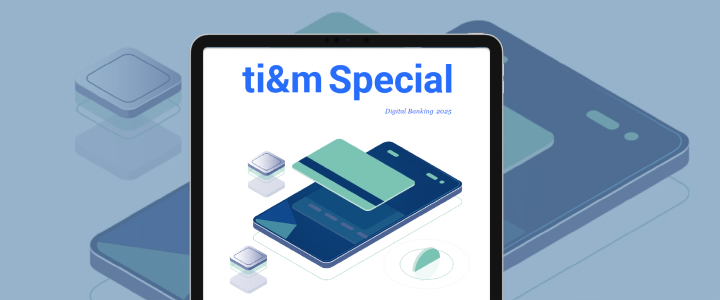How did you get into art?
I grew up without art, my parents didn't know about or care for art. I first came into contact with the art world during my apprenticeship as a media technologist. At first, I could hardly take it seriously. It wasn't until after I submitted a blind application for the preparatory course in Biel – I didn't know what I wanted to study – that this world literally swallowed me up. Since then, I've been in this bubble.
How did studying help you find yourself as an artist?
Perhaps, first and foremost: a degree is overrated. You can become an artist without studying art. However, studying provides you with the time and space to engage with what truly interests you. You are taken seriously – or not. You receive support from other artists – or not. I learned to take my work seriously on many levels and also to constantly question it, in order to dive deeper and deeper. As in other fields, in art, it's probably just important to be a nerd and maybe develop a certain obsession for your work.
How did the preparatory course in Biel change your perspective?
An example: In the past, we had to draw something beautifully in school and then received a good grade. In Biel, however, we deliberately tried to draw as badly and as uglily as possible. This forced us to reconsider our own perception and socialization. During the preparatory course, the ground was pulled out from under me, and that was fantastic.
What do you want to convey through your art?
I'm not entirely sure if I want to convey something specific. Perhaps what I'm more interested in is seeking a different perception of the world. Defining exactly what I'm looking for is challenging. As a creative individual, it's important for me to be in a constant state of searching. The "why" isn't as crucial to me as the "where" and the "how." I find the exploration and experimentation in my work very exciting. Losing control in the creative process or being uncertain at certain steps about whether an idea can still be salvaged often leads to surprisingly interesting results.
We'll be seeing your new works at the exhibitions this fall. Could you say a few words about the pieces created as part of art@work 2023?
Within the scope of art@work 2023, both drawings and installations have emerged. In collaboration with ti&m employees, we developed a program that allows the cursor to suddenly disappear and capture that moment of losing control in the digital world. The movements that occurred digitally served as the foundation for the drawings. The cursor and its movements also became the basis for further works that were then realized as installations. This interface and translation of movement between the analog and the digital was a central theme. But the manipulation of devices and the control of everyday tools have also occupied my thoughts for a long time and have become the basis for new works.
You mentioned that you enjoy letting go of control and being surprised. Were you surprised by what came out in the end with your works?
Yes, I am extremely happy with how much I've learned in this short time. I've met many fantastic people. I've learned how to efficiently concretize ideas. Sometimes, you find solutions that don't align with the original ideas, but ultimately provide surprisingly straightforward and interesting results.



